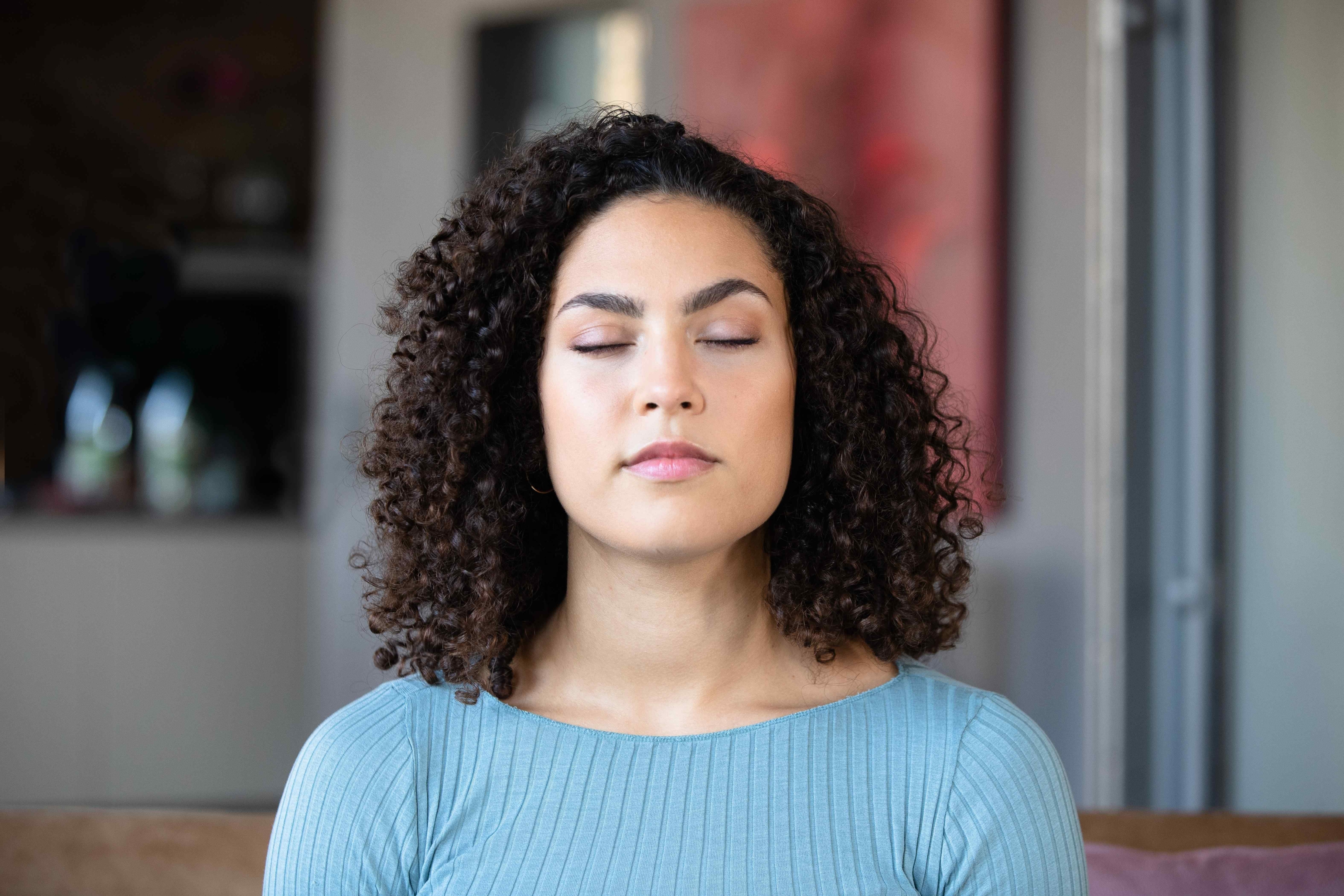Tips for the healthy design of living and working spaces
Fresh, low-emission indoor air makes a significant contribution to the well-being and health of residents. Especially as we spend by far the most time indoors these days. Our expert will tell you how to design your living and working spaces in such a way that you can safely enjoy a permanently healthy environment.
Tip 1: Don’t just trust your nose
The matter seems simple enough: Odors are either pleasant or unpleasant, and the latter are harmful. This assumption, however, is wrong. Some odors are not only unpleasant, but may also pose a health risk. Nevertheless, it cannot be assumed that harmful emissions are always accompanied by a bad smell, nor that all bad odors are harmful to health. Odor does not automatically mean that there is a critical emission. Nor does it mean, though, that every emission can be identified by the nose. A good example of this is carbon monoxide: The gas, produced by incomplete combustion, is colorless and odorless. In higher concentrations, however, it has a toxic effect on the respiratory system and can even lead to death. The perception of odors also varies from person to person. Many people find the smell of tree resin pleasant. But resins contain terpenes which are also used as solvents in paints and adhesives. Their smell is then perceived as unpleasant by most people.
Tip 2: Prepare a clean substrate and ensure it is dry
Don’t worry if there is the typical “smell of newness” after installing new floor coverings. With proper ventilation, this will usually dissipate quite quickly. Today, the odor is also greatly reduced through the use of solvent-free adhesives. What is much more important is that the subfloor under the new flooring is dry. Well over 90 percent of odor complaints are caused by damp screeds or other substrates. When renovating floors, the old floor coverings must first be removed. Here, care should be taken to remove the residues completely so that later no problems arise due to unpleasant odors or other emissions. After that, the subfloor must be properly prepared, usually by applying a primer and a levelling compound. In addition to good drying, it is highly advisable to use low-emission products.
Tip 3: Choose your products carefully
Laypersons often believe that organic and ecological products are always healthy, while they consider synthetic chemical products as rather harmful to human health. This is as deceptive as the smell test with your nose. After all, also nature produces many toxins. Formaldehyde, for example, occurs naturally in our metabolism as an intermediate product and has important germicidal properties. On the other hand, formaldehyde must be viewed critically due to its toxicity and carcinogenic effect – depending on the quantities involved. As a general rule, make sure you select building products and furnishings carefully to ensure a low-emission, healthy living environment. Products carrying the EMICODE® label provide reliable guidance for consumers. The label is awarded by the GEV, the German Association for the Control of Emissions in Products for Flooring Installation, Adhesives and Building Materials. The Association tests building products under stringent criteria and only awards the EMICODE® label to particularly low-emission materials. Important to know: Even after receiving the certificate, unannounced spot checks carried out by neutral testing institutes ensure that the predefined emission limits are complied with.
Tip 4: Consider soft factors such as ventilation, plants and shading
Apart from the structural points mentioned above, sensible behavior in our everyday life also contributes to a good indoor climate. This means: Ventilate your living and working spaces regularly and provide sufficient heating in the colder months of the year. Plants such as African hemp, Ficus benjamina and nest ferns also take care of good indoor air. Some plant species can even filter pollutants from the room air. Don’t forget the power of the sun: External window shading protects people, plants and furnishings from excessive UV radiation and overheating in summer.

Photo: © GEV/Iris Pohl
Do You Have Questions?
If you have any questions on certain topics or want to contact us for another reason, please contact us by phone or email.
Phone: +49 (0)211 843 449 – 01
info@emicode.com
Share article on Social Media:
